 It’s not quite Hubble’s birthday yet. The great ‘scope actually went into space aboard space shuttle Discovery on April 24th, 1990 and has been in low earth orbit ever since. Every 90 minutes or so, Hubble makes it around the cycle, billions of miles flown over the course of its lifetime. It was originally supposed to fly for 10 years, but thanks to a few dozen brave astronauts and some incredibly creative engineers and scientists and support professionals scattered all over the world, Hubble has now reached drinking age. It certainly drove more than a few folks within NASA and the space community to drink during its first few flawed years, but since that time has arguably been the single most productive science mission in history.
It’s not quite Hubble’s birthday yet. The great ‘scope actually went into space aboard space shuttle Discovery on April 24th, 1990 and has been in low earth orbit ever since. Every 90 minutes or so, Hubble makes it around the cycle, billions of miles flown over the course of its lifetime. It was originally supposed to fly for 10 years, but thanks to a few dozen brave astronauts and some incredibly creative engineers and scientists and support professionals scattered all over the world, Hubble has now reached drinking age. It certainly drove more than a few folks within NASA and the space community to drink during its first few flawed years, but since that time has arguably been the single most productive science mission in history.
Now, we can just drink in the incredible imagery that Hubble still sends back to its home office on earth, the Space Telescope Science Institute. Here is HST’s 21st birthday photo, released a few days early. Click to enlarge and enjoy.
You’re looking at two galaxies colliding, and getting rearranged by gravitational forces.
While both galaxies are distorted, they still have retained their overall spiral/disk shapes, which indicates this is still early on in their cosmic dance. If they’re bound to each other gravitationally the interactions will continue, and most likely will end with the two galaxies merging to become one larger galaxy. It’s a common occurrence in the Universe, and our own galaxy may have grown to its large size this way too.
Hubble’s revelations include some of the most famous, iconic and informative images of the cosmos we have ever seen. Hubble has seen farther and discovered more than expected, confirming the existence of black holes, giving us a ringside seat when a comet pummeled Jupiter, and showing us the nurseries where stars are born while putting human eyes on the violence that ensues when massive stars die.
Though it is now 21 years old, Hubble has improved with age: Each shuttle mission to the telescope has left it repaired, and upgraded with new sensors to keep up with technological improvements made on the ground since launch, to the point that it has been reborn on orbit. Its thermal blankets have been replaced — I have a square from the previous blanket that protected Hubble during its first few years — and its original solar power arrays have been replaced. New cameras have allowed it to see more, and in greater detail, than was possible even when the telescope first flew.
There will probably never be another mission quite like Hubble, in that it brought manned space flight together with pure and cutting edge astronomy. Its successor, the James Webb Space Telescope, will image in infrared and operate far beyond low earth orbit, while the space shuttle fleet that serviced Hubble will soon retire. So here’s to a great telescope and the great support team that has kept it flying and discovering.



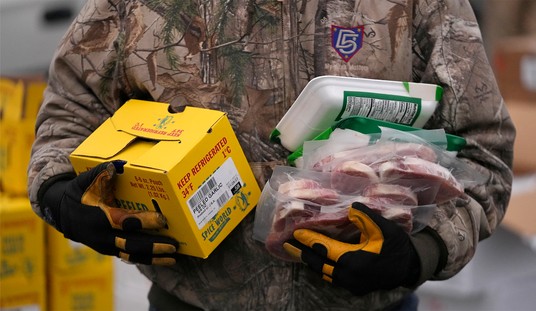
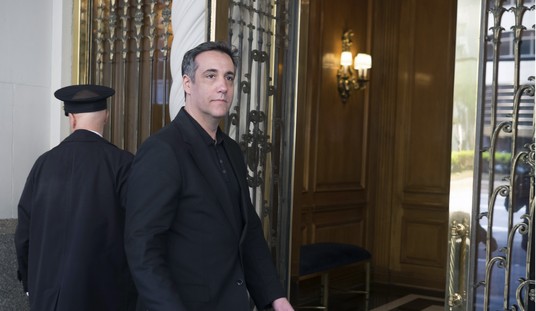
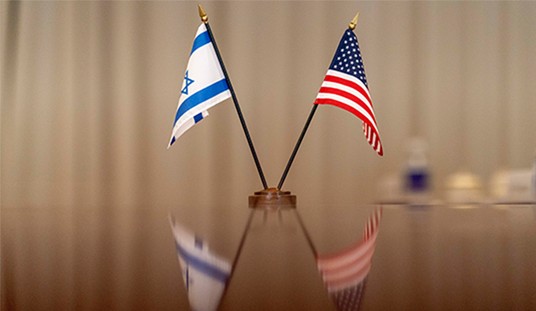
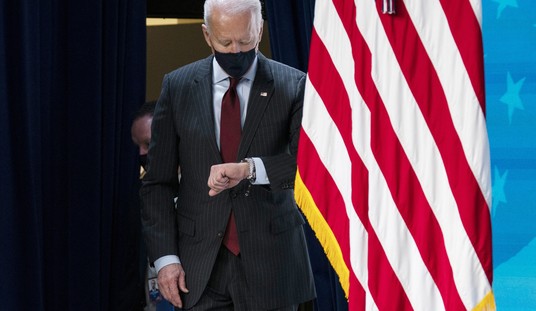
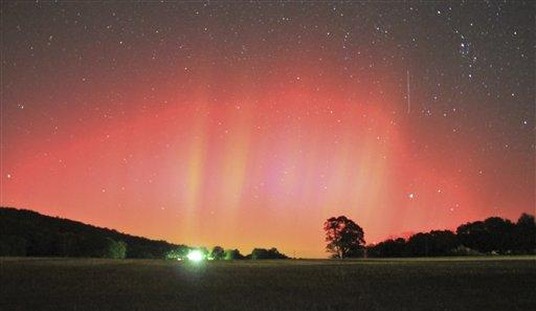
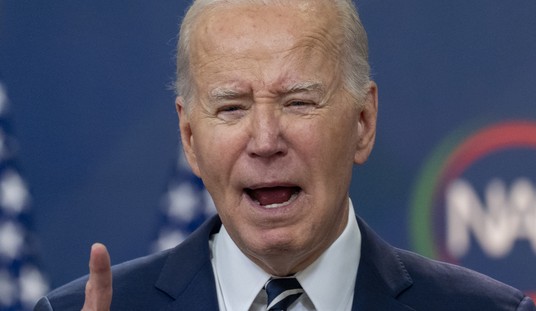
Join the conversation as a VIP Member